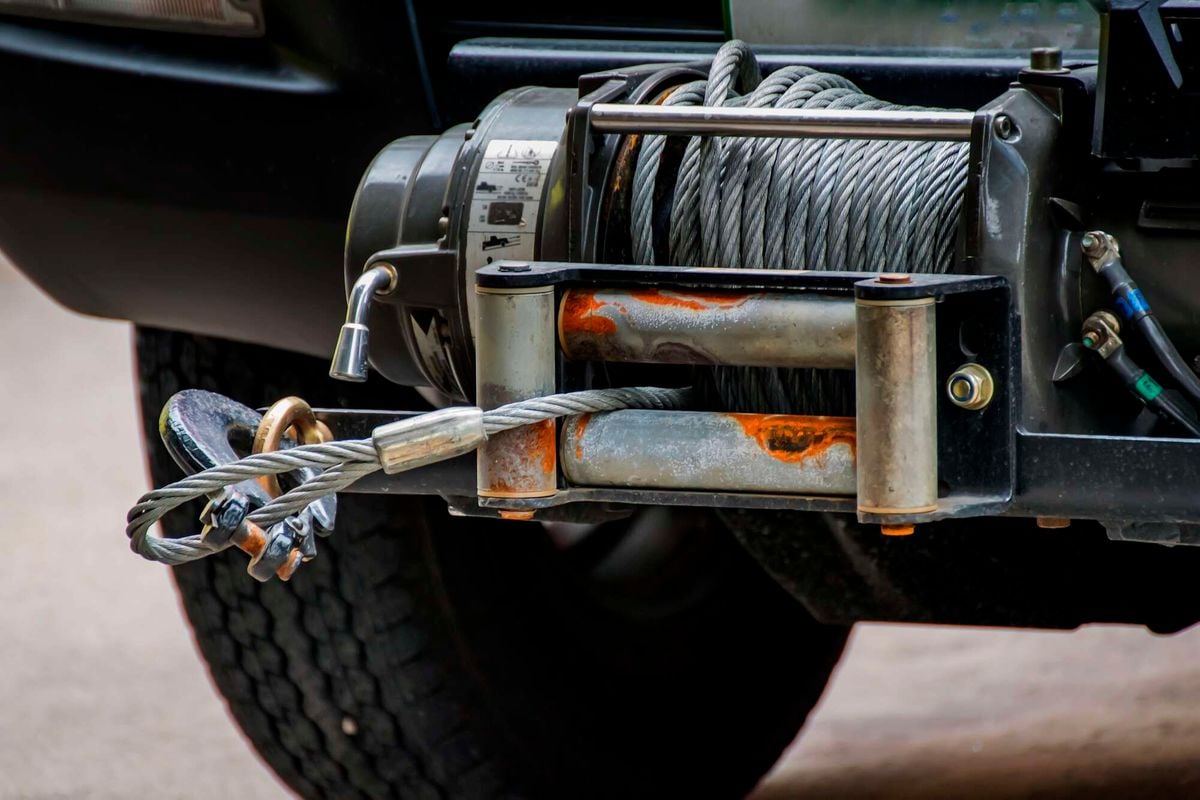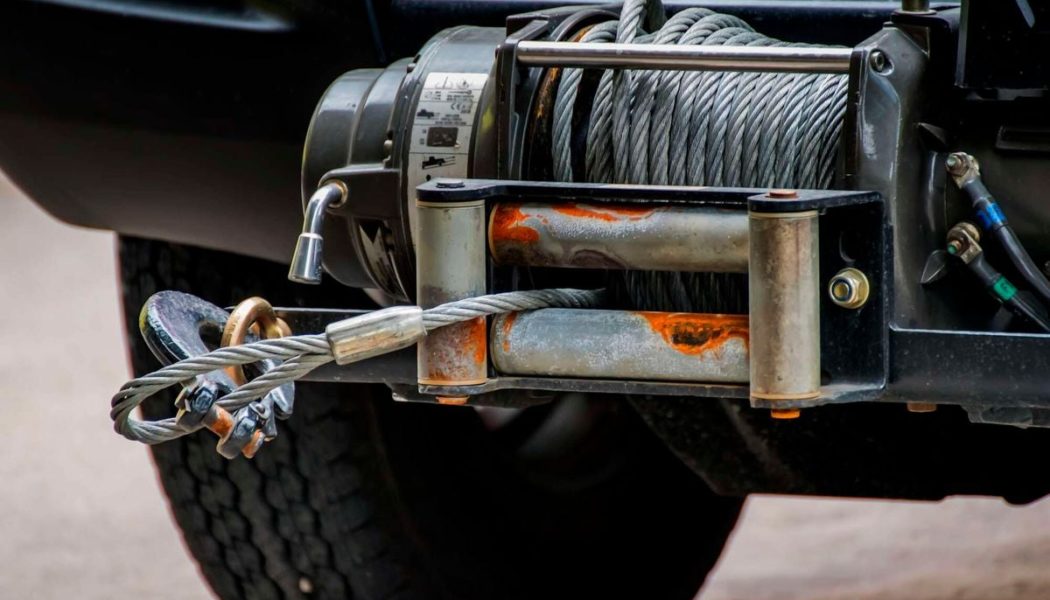
How quickly do electric winches on vehicles wear out? What causes them damage, and what parts of them most commonly age or fail? Ali.
Most winches “never” wear out…because most are used so infrequently. Once or twice a year, perhaps, and sometimes not for several years in a row.
Winches operating on similar design principles that raise, and lower garage hoists get used dozens of times per day…and can last for years.
On private vehicles winches are usually fitted as a contingency measure (and can be invaluable in a crisis), but even for off-road safari enthusiasts they are a “last resort”, not a routine. While basic know-how and much care is required to use them well, the primary skill is not to need them!
So, on vehicles they are unlikely to “age” through use, and failure is almost always due to “damage” from misuse (or long-term neglect).
The principle components of a vehicle winch include the vehicle mountings, the winch body, the electricals (main power lines from the battery, switches and capacitors), the electric motor itself, the cable drum gearbox cogs, shafts and bearings, the cable itself, its hook, the guide rollers, and the remote switch extension.
The part most prone to damage is the towing cable, usually multi-strand steel, though nowadays synthetic fibres are increasingly common and much more convenient.
They should never be kinked or chaffed, nor overloaded by either overweight-pull or jerking. Kinking and chaffing are prevented at one end by “rollers” at the cable inlet/outlet (whose bearings need to be kept well lubricated) and at the other end by never (!) wrapping the cable round an anchor (e.g. tree trunk) nor any part of a stricken vehicle and locking it by hooking the cable end back on itself.
For the sake of the cable (and the tree) a length of fibre tow strap or chain should be used to enable the cable to be attached only by its own hook to something else, leaving the cable itself untouched in a straight line to the winch drum.
The thickness of cables varies from a diameter of a few millimetres to more than a centimetre, matched to the power of the electric motors they are attached to and with load-rating ranging from a few hundred kilos to many tons.
The cogs and shafts in the winch “gearbox” also vary in strength related to the motor power, and these also need to work in a bath of good gearbox oil.
The potential pulling power and strength can be increased by the use of “doubler” pulleys (essentially purpose-built) that allow more than one length of cable to be mobilised between the puller and the pulled.
Running the cable from the winch vehicle to the victim or anchor, through a doubler pulley and back to the winch vehicle, doubles the cable strength and pulling power and halves the wind-in speed.
Doublers are also the best solution if the cable has to go round a corner. There is not always a straight line between the winch vehicle and the direction in which the towed vehicle needs to be pulled.
In these instances, no harm is done by attaching a doubler to an independent anchor off to one side and running the cable in triangular directions.
The electric motor should last indefinitely but might need replacement capacitors. The security of the body mountings, the lubrication of roller, bearings and gearbox, and the connections and insulation of the power cables from the battery are regular check and service items – even if unused.
They live on the outside of the car in rough, wet and dusty conditions, and endure all the car’s bouncing and vibration.









